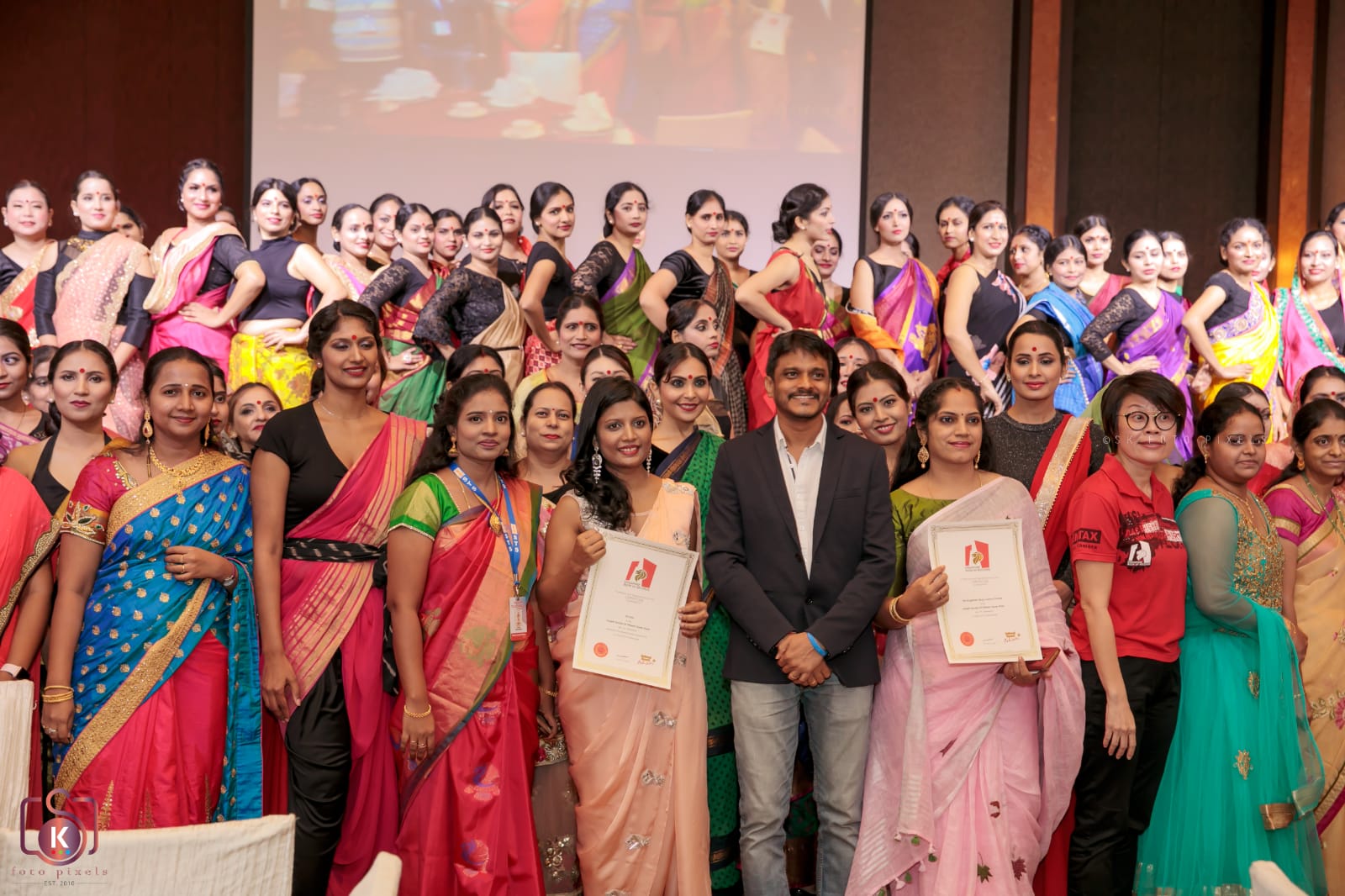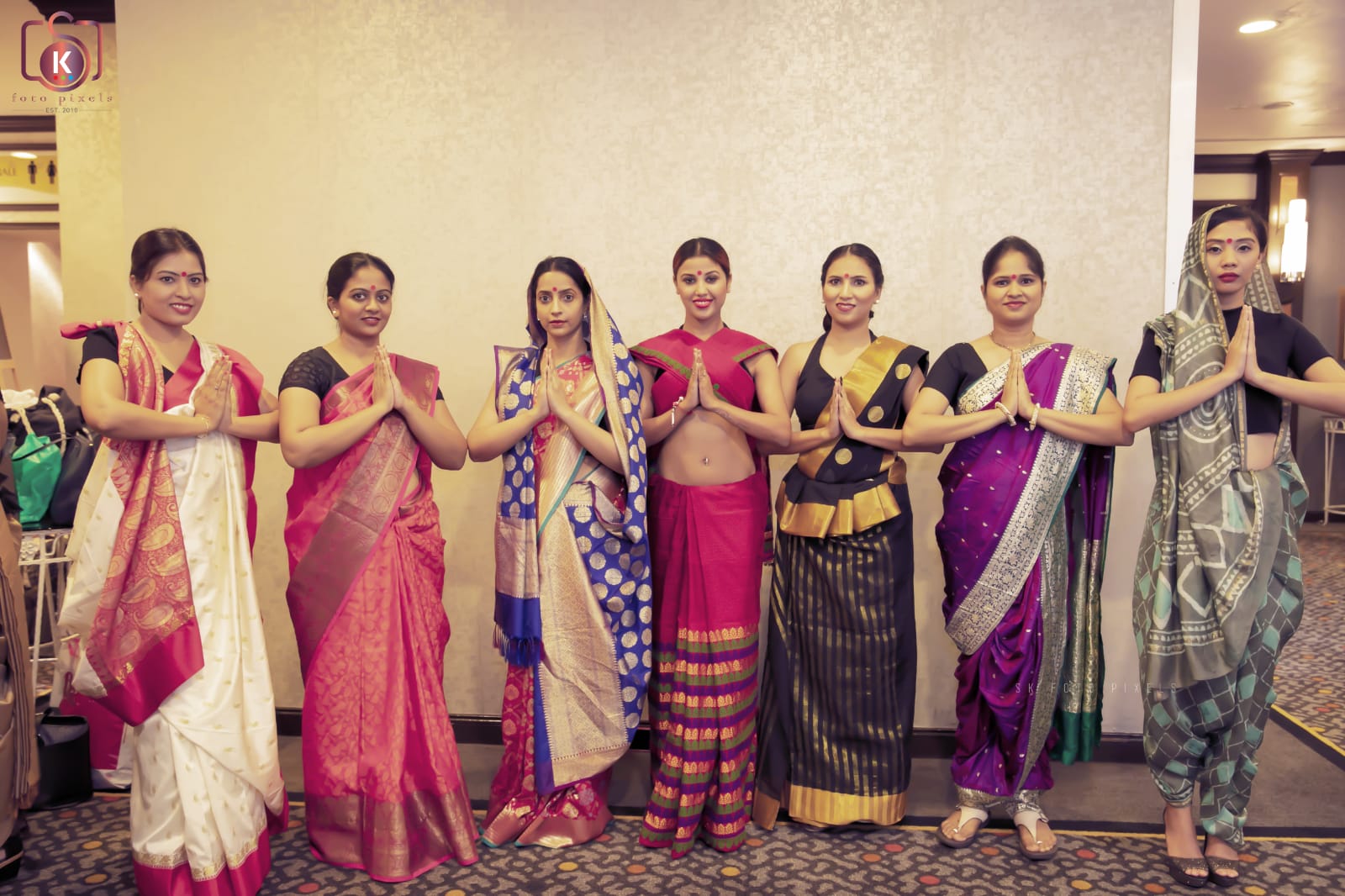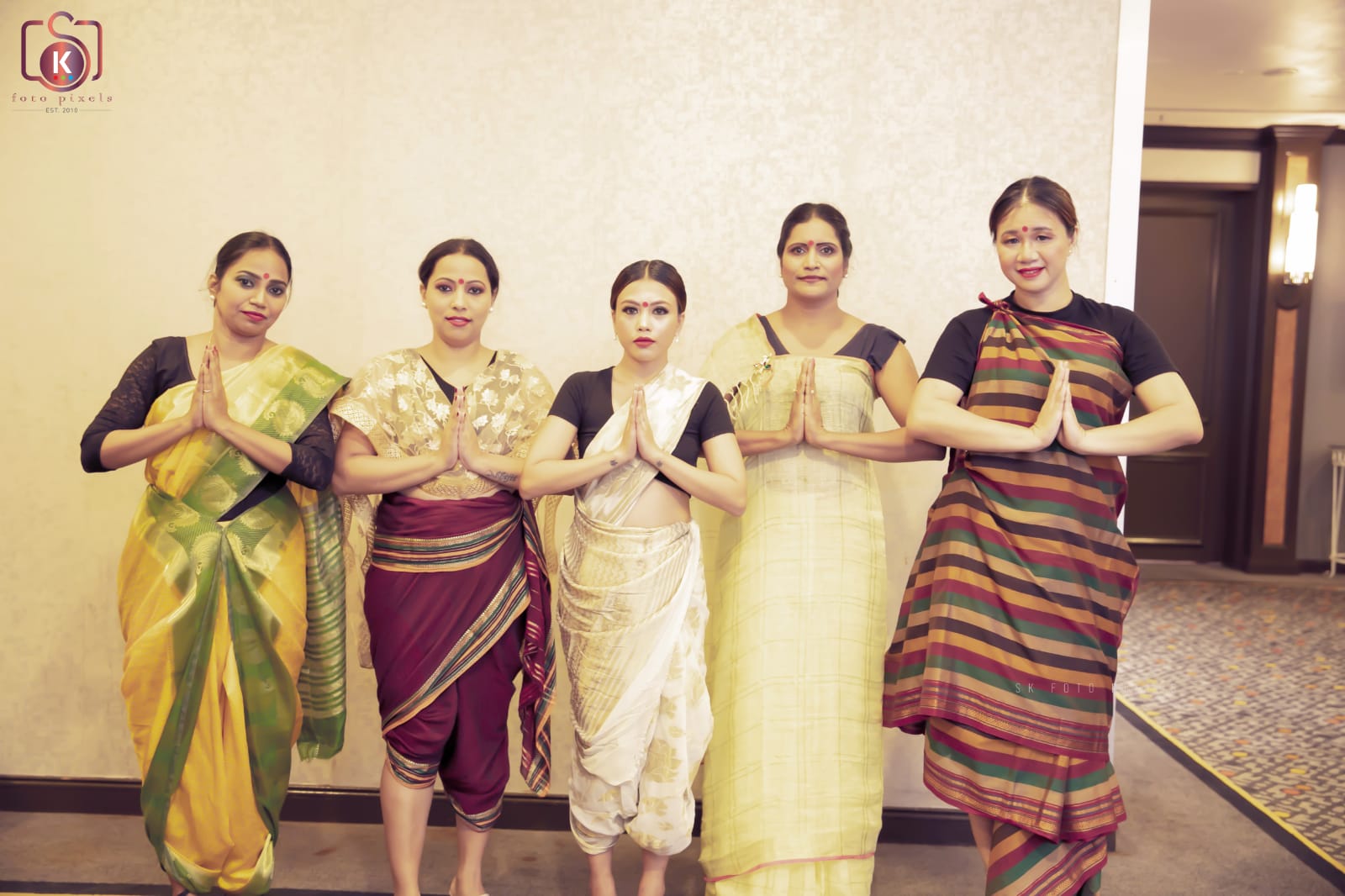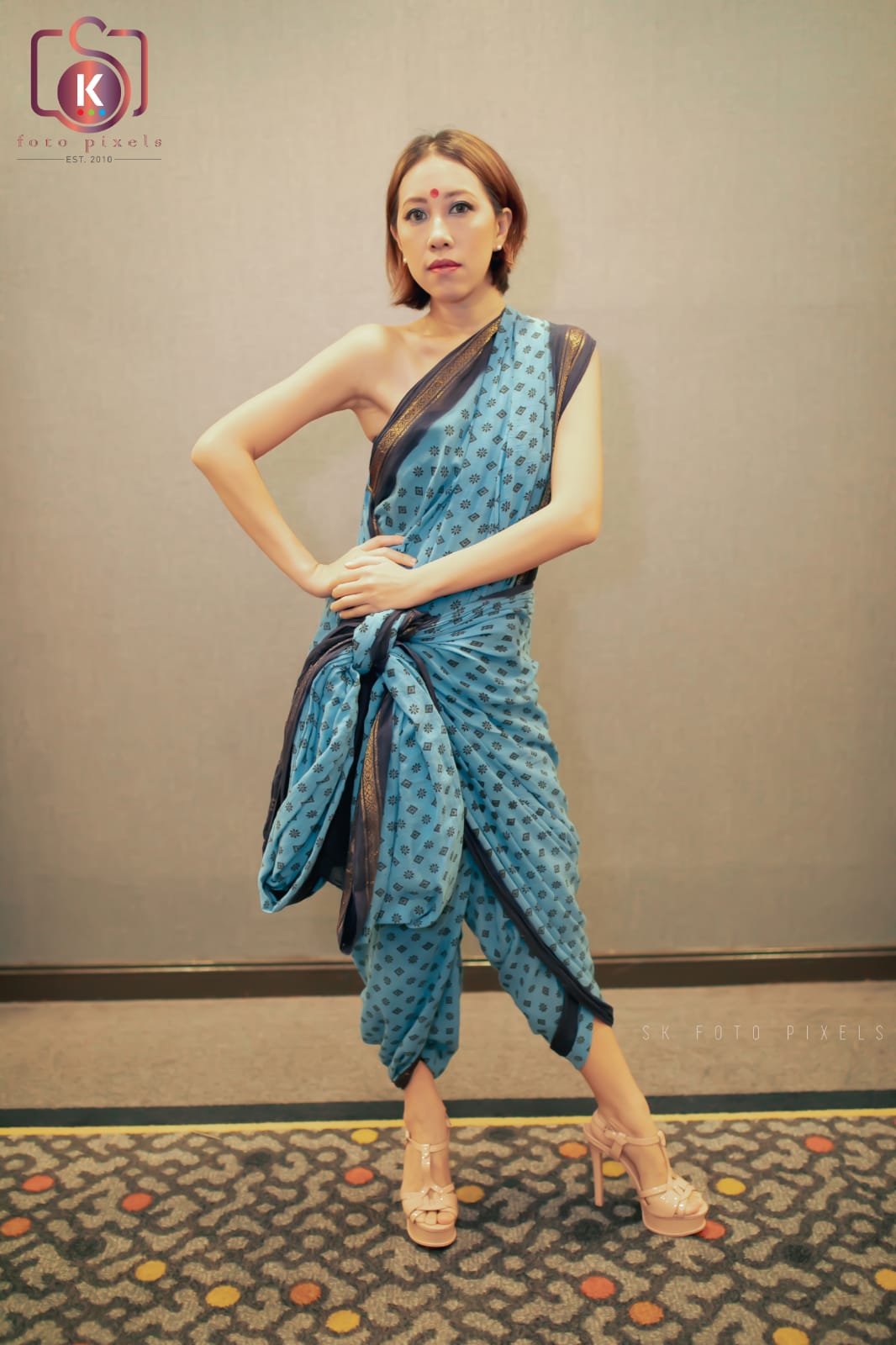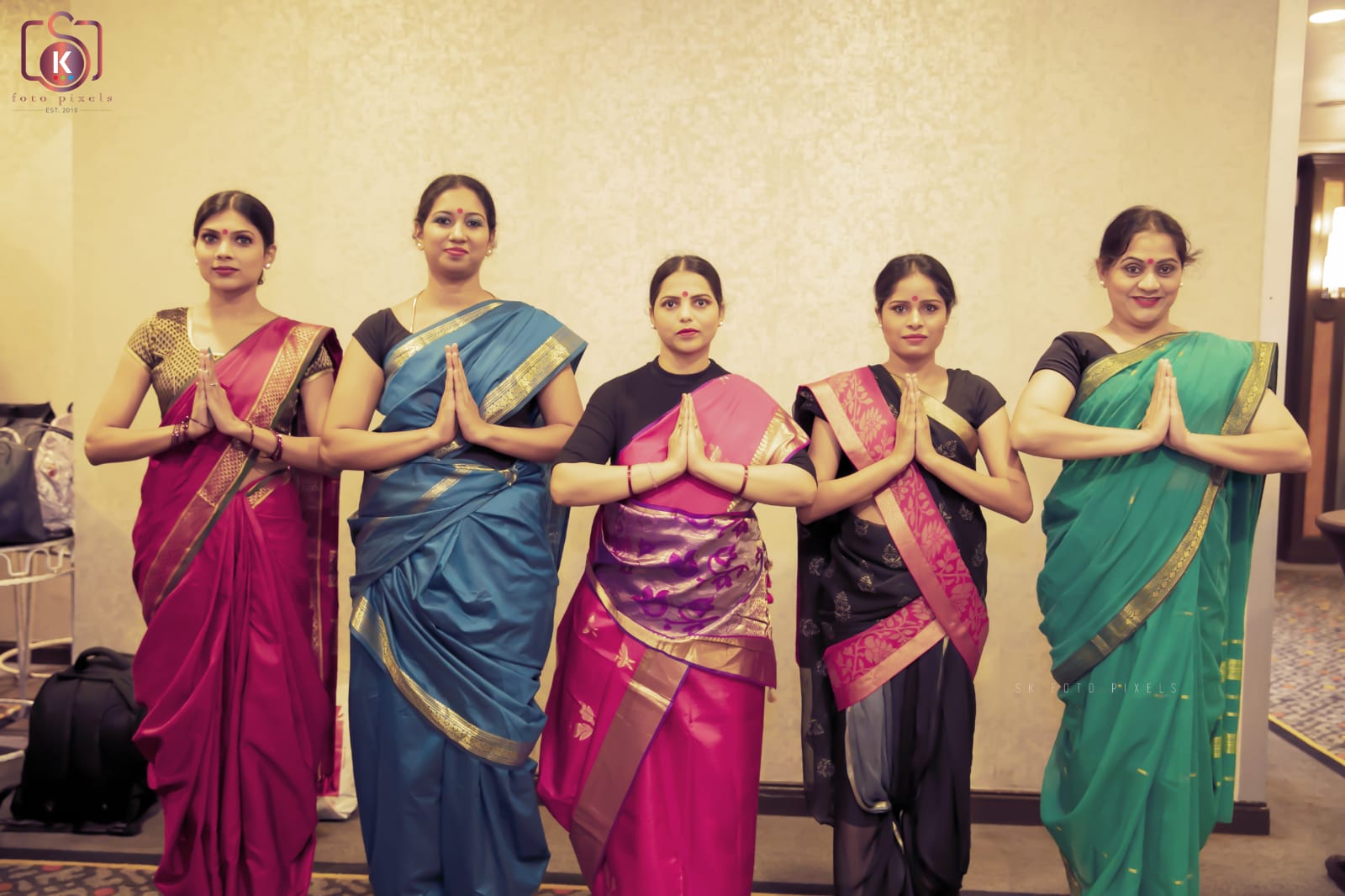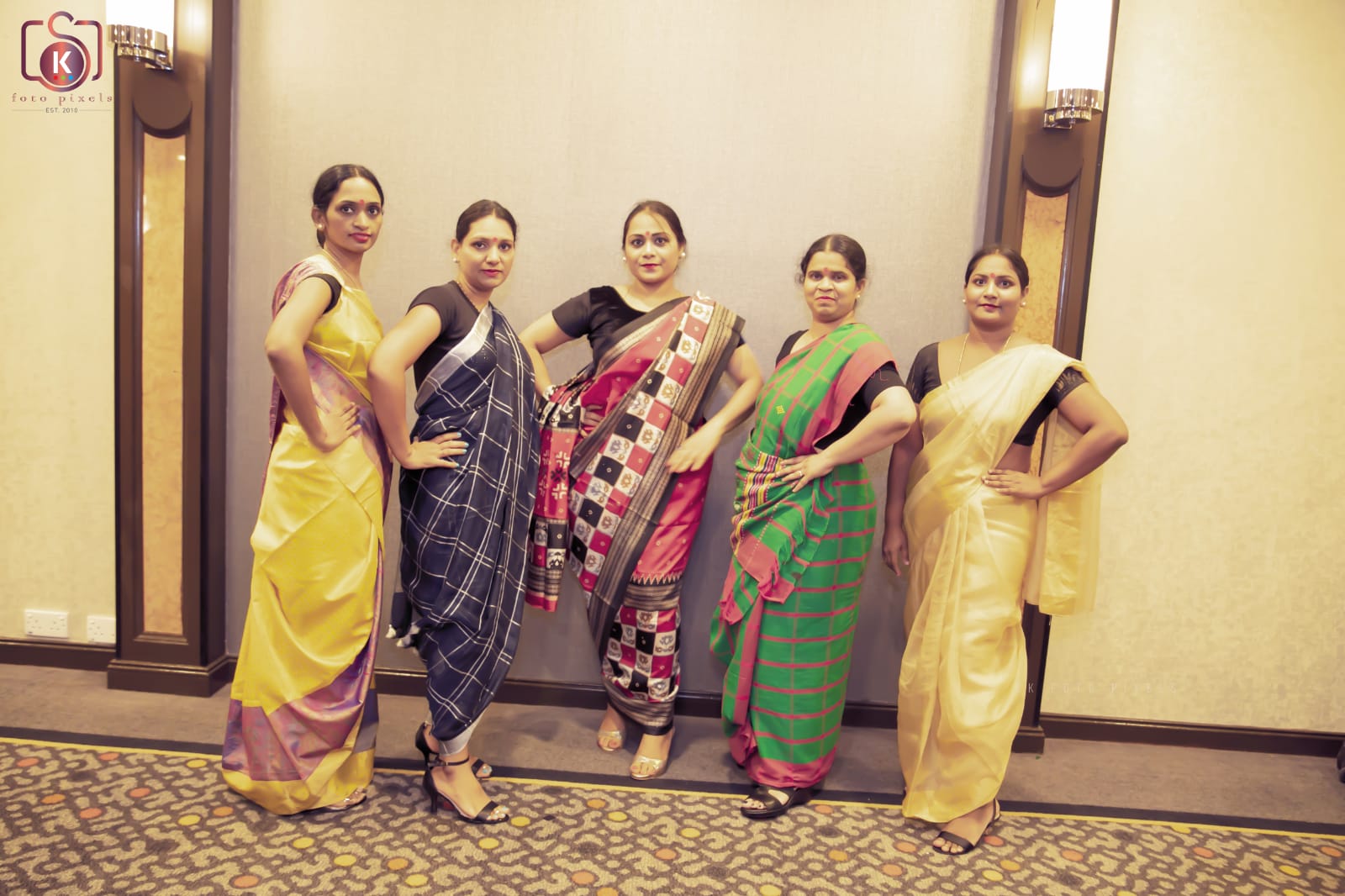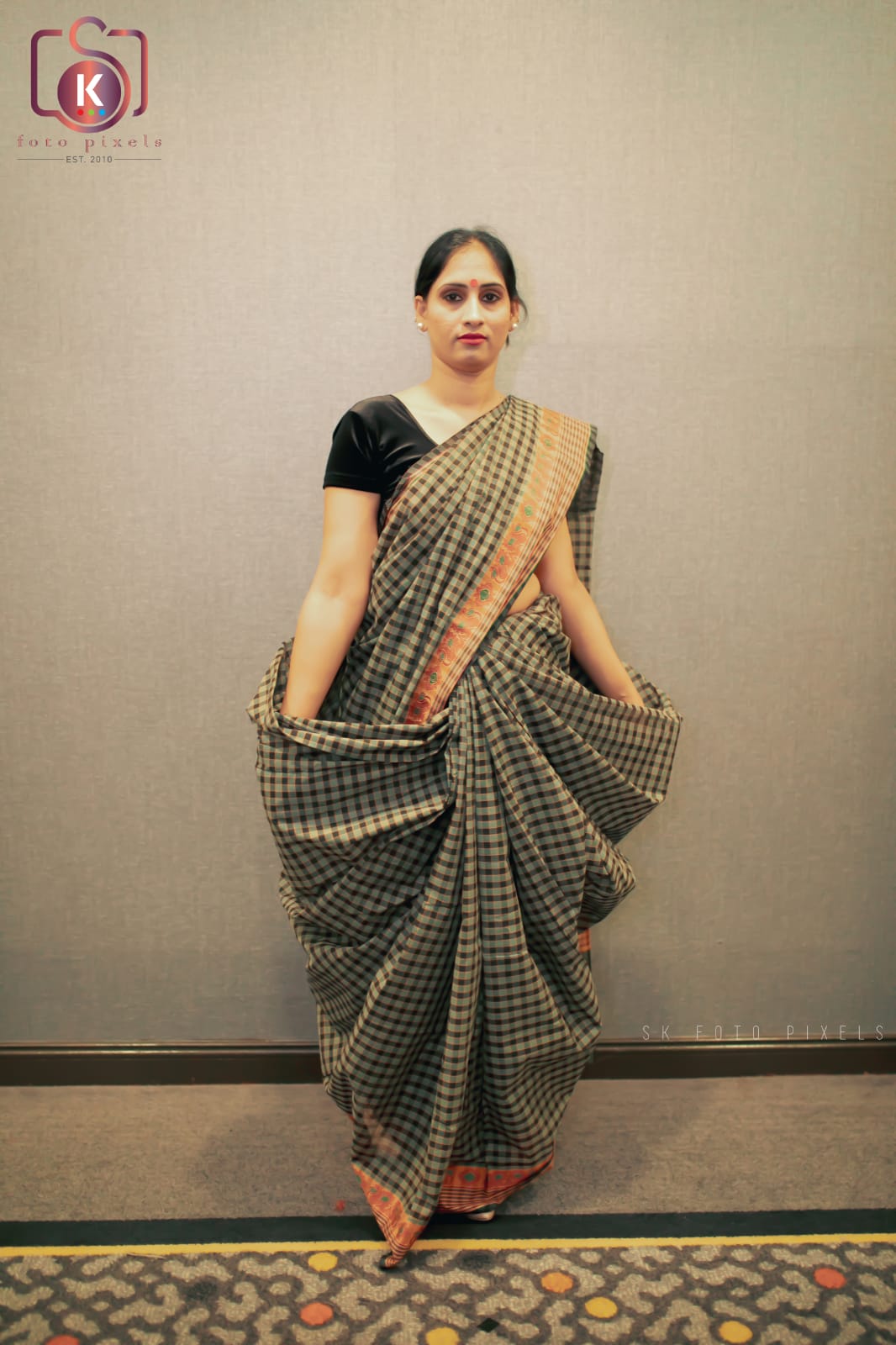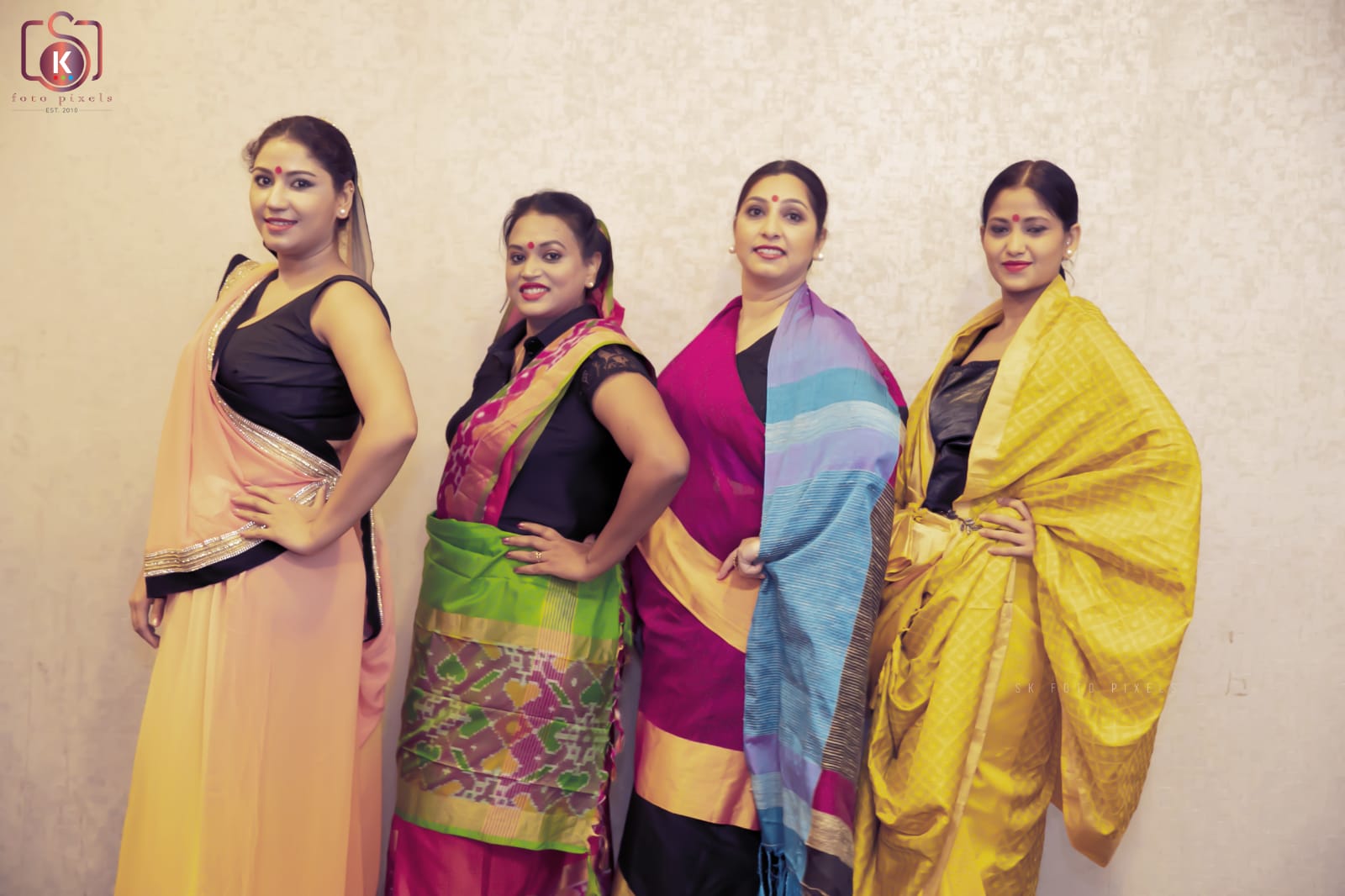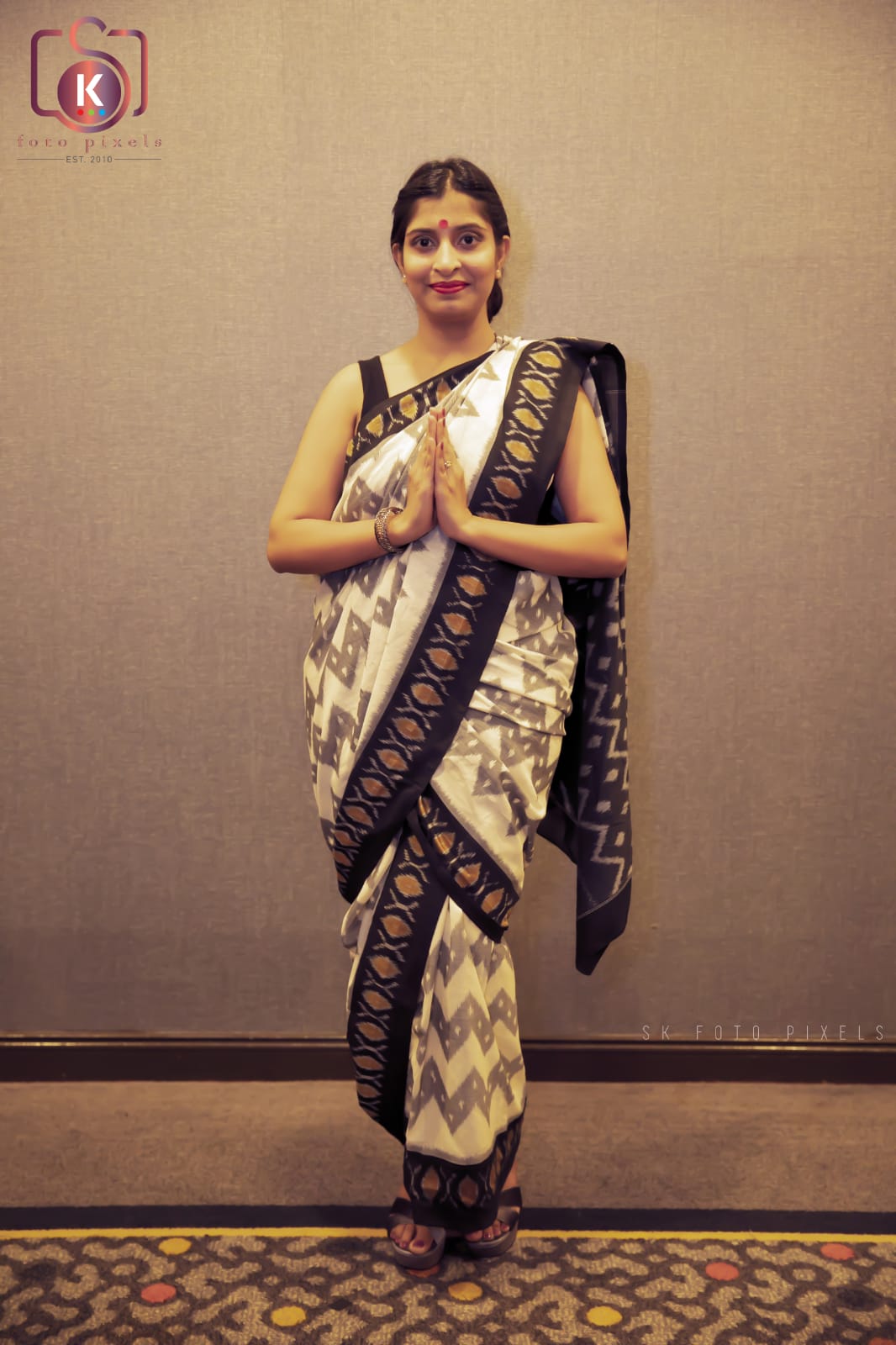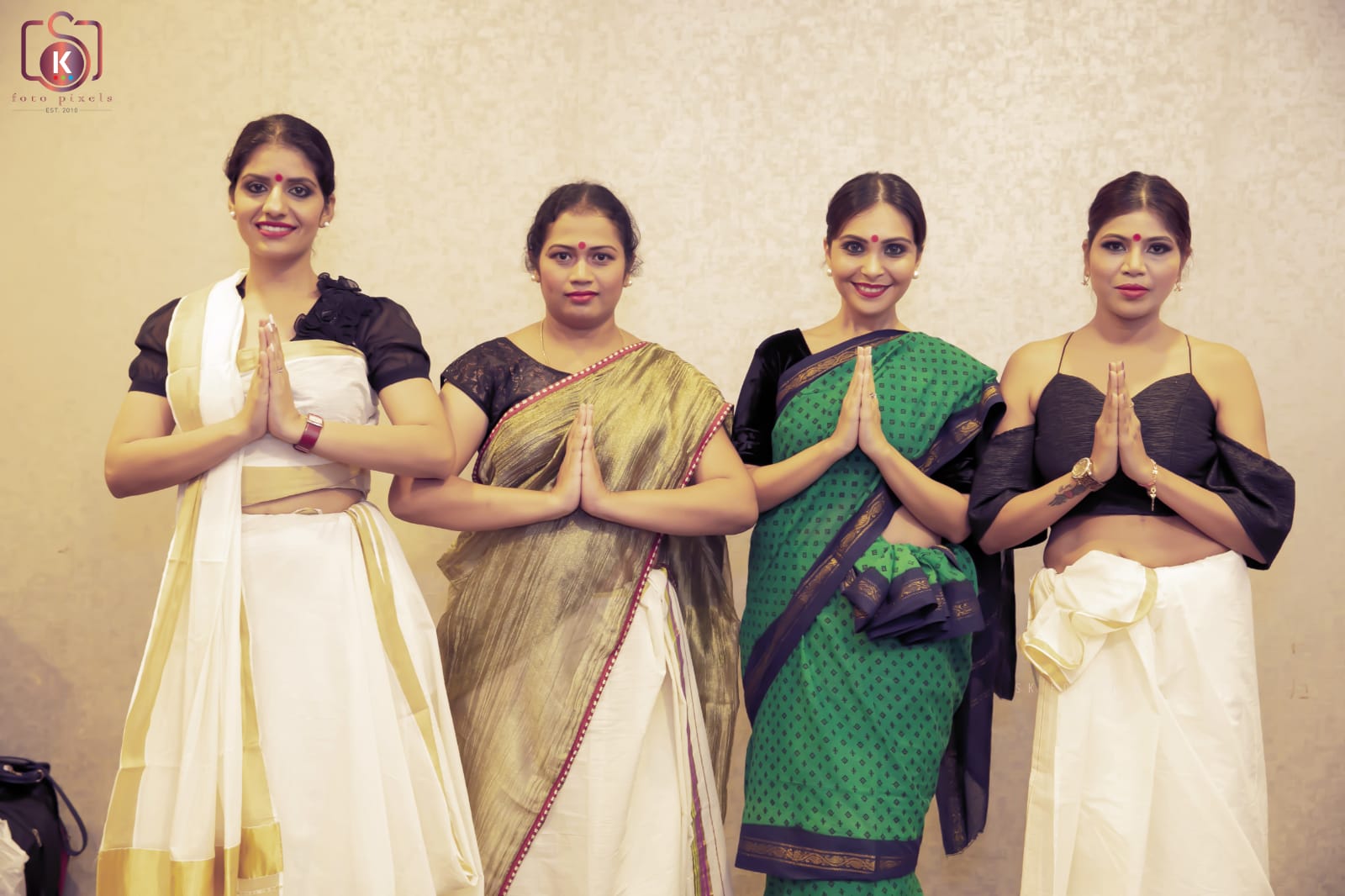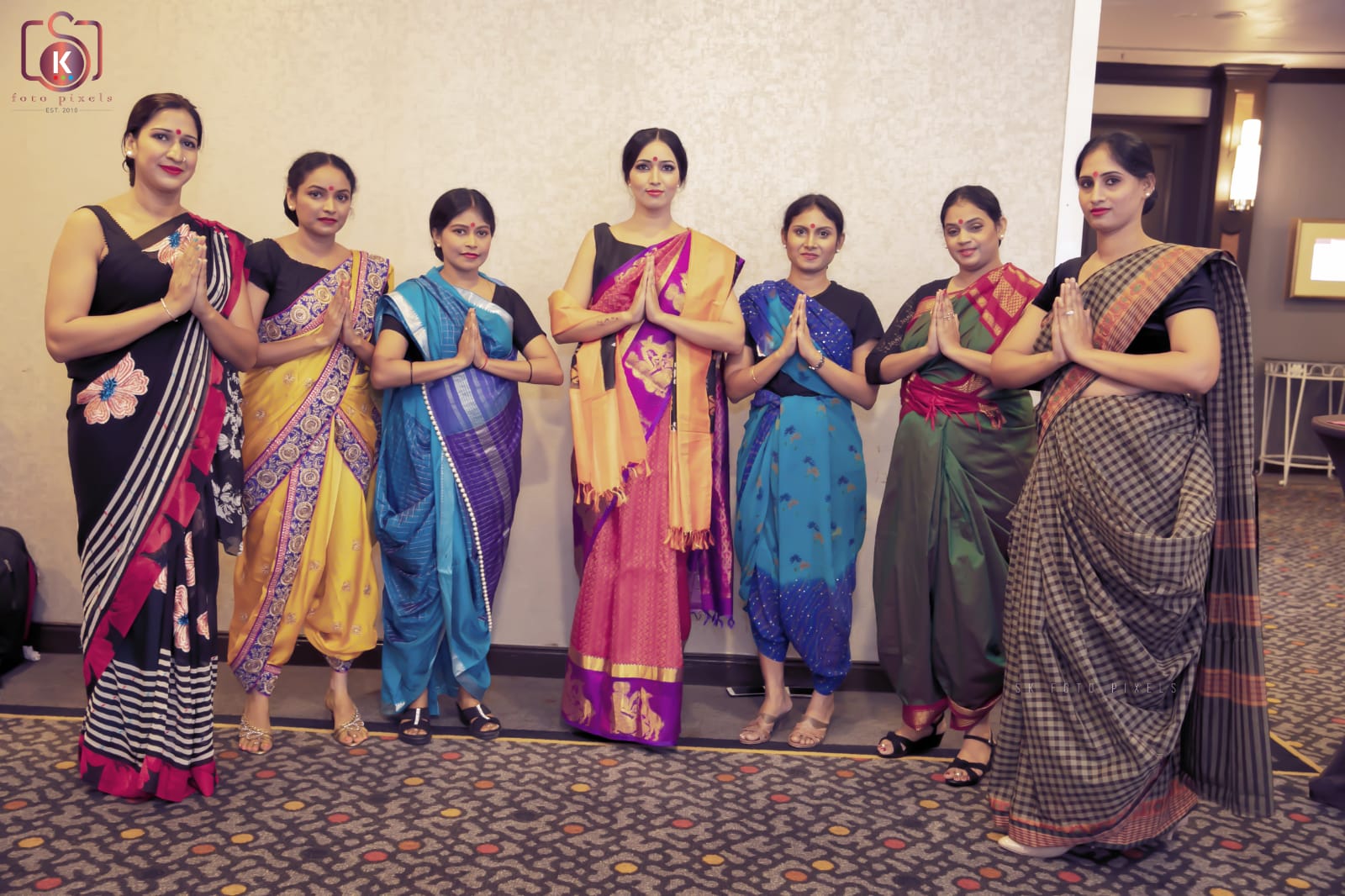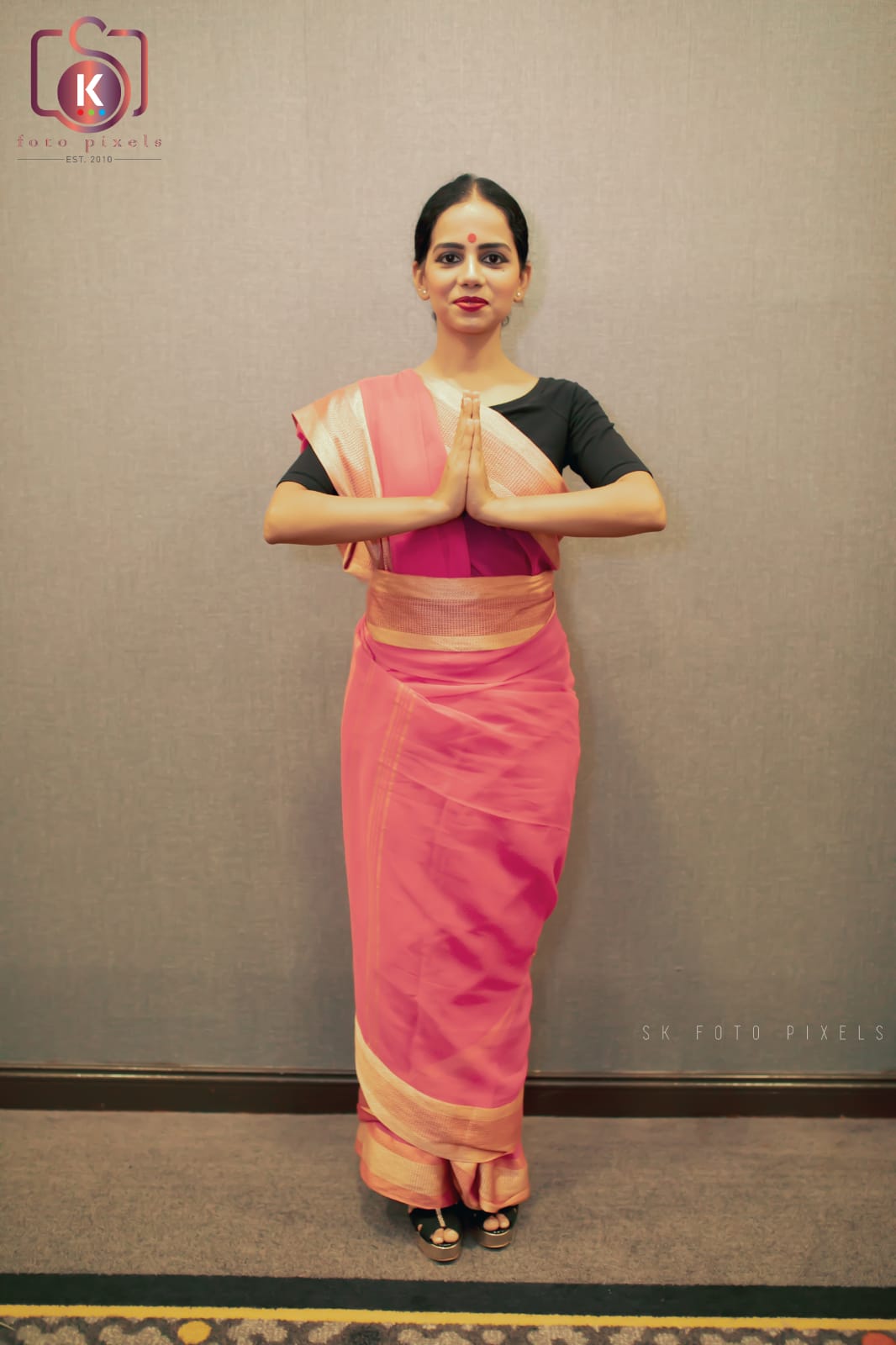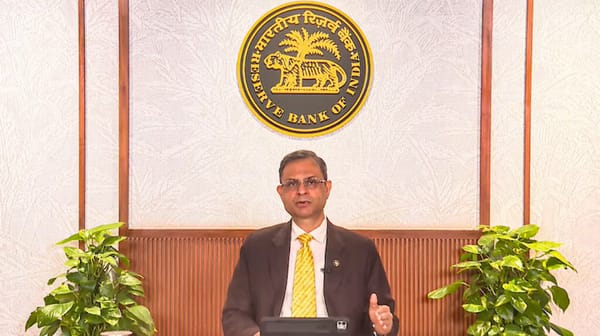Draped with Love
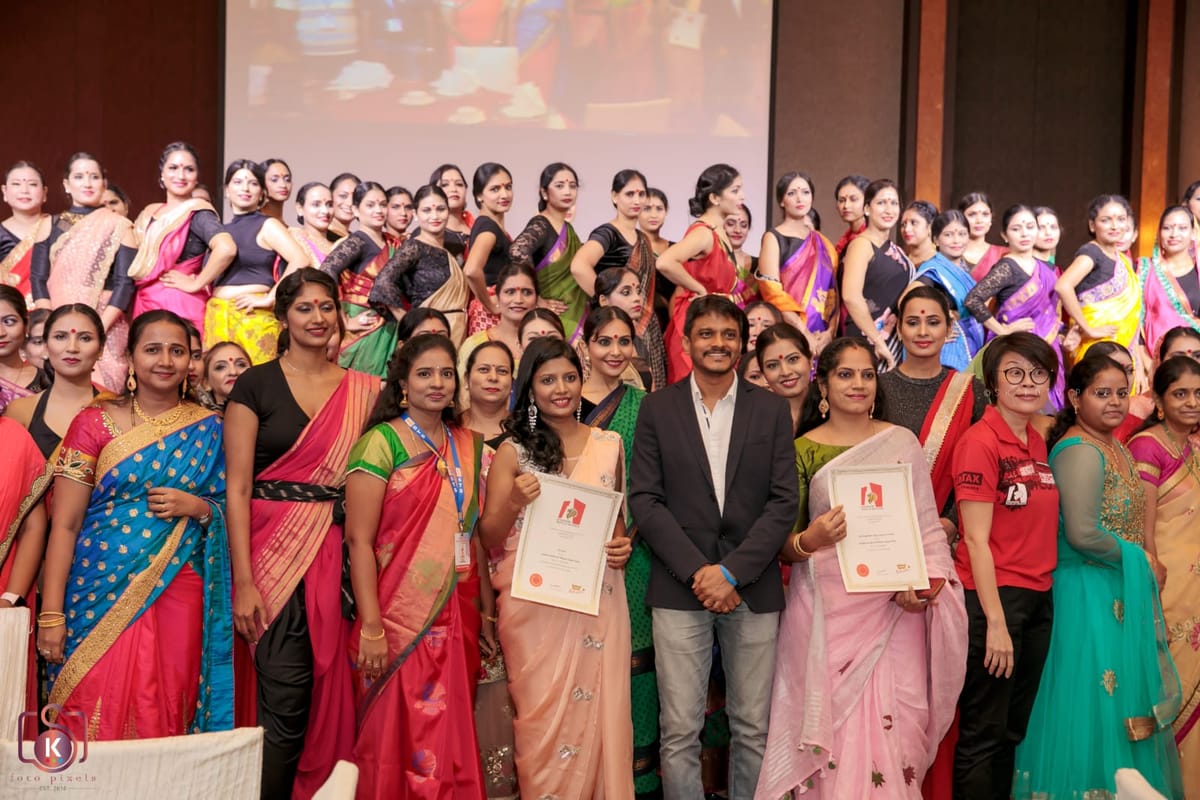
In a world where we are moving away from our heritage and towards sustainable fashion, Harshini Sudarshan weaves a novel idea ‘Naree’ to tie the two together.
Singapore was in for a visual and cultural treat last Sunday, where a hundred women from multi-racial backgrounds modelled 100 different styles of draping sarees, setting a new Singapore record for the ‘Largest Parade of different Saree styles.’ The event was conceptualised & curated by - Harshini Sudarshan, Director HS Elites and organised by Singapore Telugu Cultural Society.
Saree, the traditional attire of Indian woman is not just a piece of fabric, it is an emotion; of every woman that drapes it, and every weaver that weaves it with a story layered in history, heritage and culture. Historically every region in India has a unique saree draping style. Each state boasts of multiple ways the saree can be draped keeping in sync with the needs of the women there.
‘Weaves & Drapes - 100 Saree Styles’ is a gentle reminder of the different draping styles which is very much forgotten in the urban life. It is also a novel way to promote sustainable fashion so that the different draping styles can entice ladies into repeating same sarees yet in varying new looks!” says Harshini.
“Weaves & Drapes Draping Styles encompasses saree tying styles from different states from across India like Maharashtra, Tamil Nadu, Andhra Pradesh, Telangana, Kerala, Gujarat, Uttar Pradesh, Madhya Pradesh, West Bengal, Karnataka, Jharkhand, Chhattisgarh and Assam. It not only showcases the versatility of the fabric but is also a visual representation of sarees from farming, fishing, glam celebrity styles, everyday drapes to bridal looks.” Adds Harshini.
It was indeed revisiting India all over again at the grand ballroom at Orchard Hotel Singapore to witness its diversity, colour and rich heritage. From the north to south and east to the the west, each region showcased a different type of timeless Indian textile and it’s draping style that has held its ground for centuries. The dark-blue traditional Assamese mekhla chador, the beautiful fusion of green, gold, pink and blue banarasi silk from Uttar Pradesh, Kappulu styled saree from Andhra Pradesh, the shimmering floral Ranchi Saiko tribal saree, Kalna style made of chanderi, silk & cotton, Dhokna Jalpaiguri style saree from west Bengal and some fusion styles to match the new fashion sensibilities of the new-gen. The beautiful 100 models complemented the sarees and carried out the novel idea with a panache.
Ms. Shirley Tan from Singapore Book of Records presented a certificate titled ‘Largest Parade of Different Saree styles’ to Ms. Sudarshan, Mr. Kommireddy Koti Reddy, President STS and all the 100 participants.
